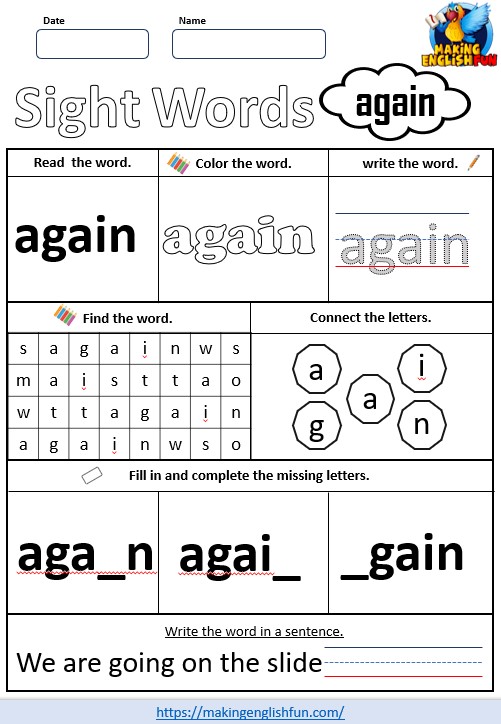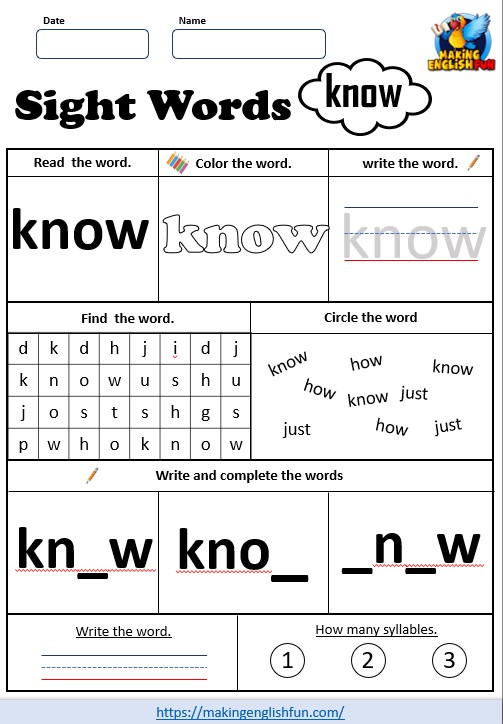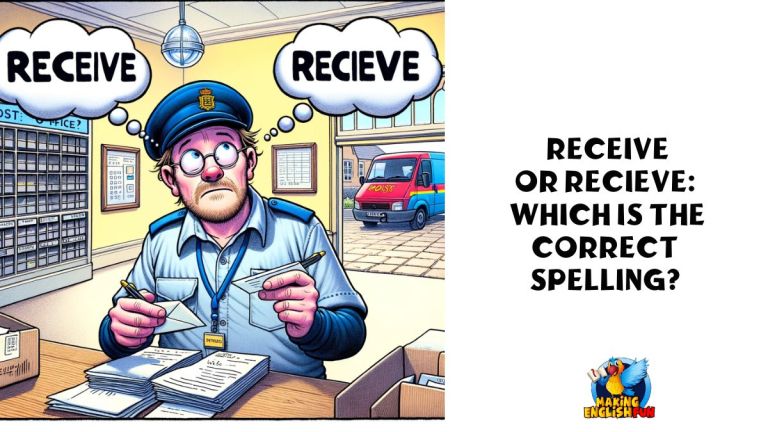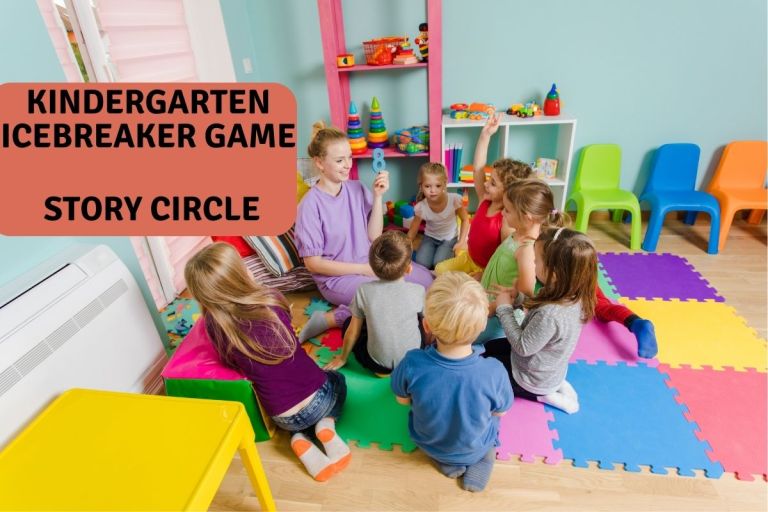What is the the Presentation, Practice, Production (PPP) Method of Teaching?
Among the many strategies and methods of teaching language there are a few that stand out for both their popularity and their effectiveness. One of these is the Presentation, Practice and Production methods ( PPP)
Widely used in language classrooms, the PPP method systematically guides students through the stages of learning a new language concept.
Starting with the Presentation of new material, moving into controlled Practice, and culminating in Production where students use the language independently, PPP offers a clear path for language acquisition.
In this article, we’ll explore the phases of the PPP method, understanding its benefits and how it can be implemented to help effective and engaging language learning.
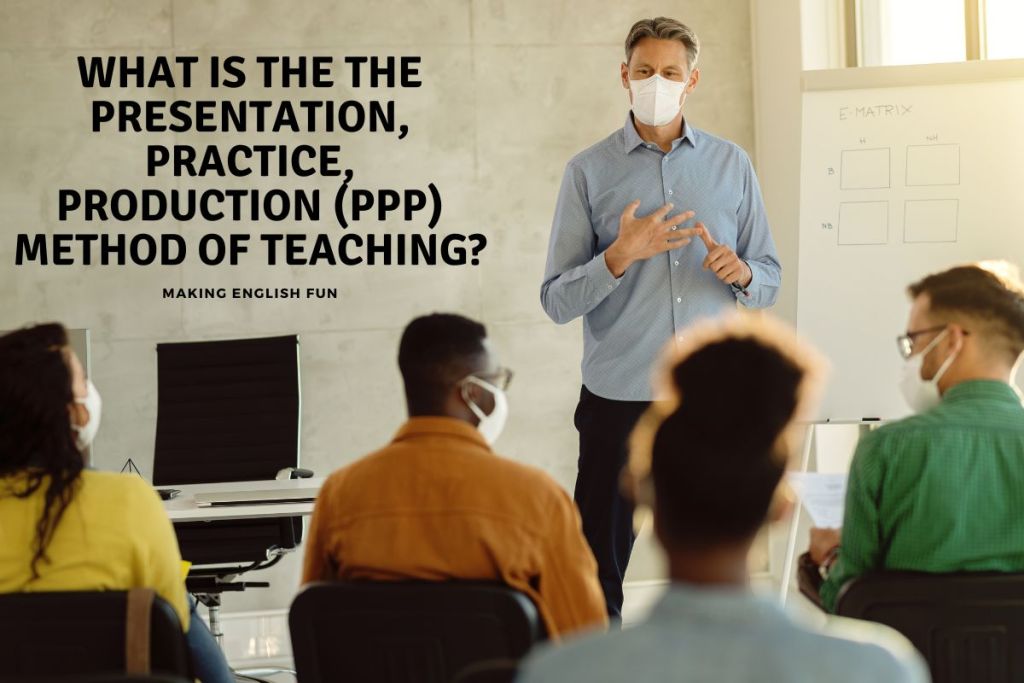
The PPP Framework
Understanding PPP
The PPP method is a classic teaching model in ESL and EFL settings, designed to introduce students progressively to new language concepts and facilitate their practical use.
The Three Phases
- Presentation: This initial phase involves introducing new language points in a clear and engaging manner. It sets the foundation for the lesson.
- Practice: Here, students engage in controlled activities to reinforce their understanding of the new material, gradually building their confidence.
- Production: In this final phase, students are encouraged to use the language more freely and creatively, applying what they’ve learned in realistic contexts.
The PPP method’s structured approach makes it ideal for lessons where a new language point is being introduced, ensuring that students have a firm grasp of the material before being asked to use it independently.
In the next section, we will delve deeper into the Presentation phase, exploring effective strategies for introducing new language concepts.
The Presentation Phase
Introducing New Language Concepts
The Presentation phase is the cornerstone of the PPP method, where new language points are introduced to the students. This phase is crucial as it sets the stage for the entire lesson.
Effective Presentation Strategies
- Clarity and Engagement: Use clear explanations, visual aids, and real-life examples to make the new language point understandable and relevant.
- Contextualization: Introduce the new language within a meaningful context. For example, if teaching new vocabulary about food, present it within the context of a restaurant scenario or a cooking class.
- Interaction: Encourage student participation even in this stage. Ask questions to gauge their initial understanding and keep them engaged.
The Teacher’s Role
- Facilitator of Understanding: The teacher should aim to make the new language as accessible as possible, breaking down complex points into simpler components.
- Monitoring and Assessment: Observe student reactions to assess their initial understanding. This can inform the level of practice needed in the next phase.
The Presentation phase is all about laying a solid foundation for the new language concept. It’s about piquing students’ interest and preparing them for the more hands-on phases that follow.
The Practice Phase
Reinforcing Understanding through Controlled Activities
After the Presentation phase, the Practice phase allows students to consolidate their understanding of the new language concept through guided activities.
Designing Effective Practice Activities
- Controlled Exercises: Use structured activities like drills, fill-in-the-blanks, or matching exercises. These should focus specifically on the language point introduced in the Presentation phase.
- Gradual Increase in Complexity: Start with simpler exercises and gradually increase difficulty to challenge students appropriately.
- Immediate Feedback: Provide prompt and clear feedback during these activities to correct mistakes and clarify misunderstandings.
The Teacher’s Role
- Guidance and Support: The teacher should actively guide students through the practice activities, offering support and clarification as needed.
- Assessment of Understanding: Continuously assess students’ grasp of the language point during this phase to determine their readiness for the next stage.
The Practice phase is critical in the PPP method as it bridges the gap between understanding a new language concept and using it independently. It’s a time for students to internalize what they’ve learned before moving into the more creative Production phase.
The Production Phase
Applying Language in Realistic Contexts
The Production phase is the culmination of the PPP method, where students are encouraged to use the language they’ve learned in more creative and practical ways.

Facilitating Creative Language Use
- Real-Life Scenarios: Design activities that mimic real-life situations. For instance, if the lesson is about restaurant language, students could role-play a dining scenario.
- Encouraging Independent Use: Allow students to speak or write using the new language points without the restrictive structures of the Practice phase. This could involve open-ended discussions, story creation, or problem-solving tasks.
- Creativity and Fluency: The focus should be on fluency and the ability to communicate ideas effectively, rather than just accuracy.
The Teacher’s Role
- Facilitator and Observer: Step back and allow students to take the lead. The teacher should observe and only intervene when necessary to offer guidance or correction.
- Feedback and Encouragement: Provide constructive feedback on language use and encourage students to express themselves freely, fostering confidence in their language skills.
Advantages and Challenges of the PPP Method
The PPP (Presentation, Practice, Production) method, widely embraced in language teaching, has its unique strengths and challenges. Understanding these can help educators effectively utilize this approach.
Advantages of PPP
- Structured Learning Path: PPP provides a clear and logical structure, which is especially beneficial for beginners.
- Building Confidence: The gradual increase in complexity from Presentation to Production helps build students’ confidence in using new language.
- Balanced Focus: It balances the focus on both accuracy (during Practice) and fluency (during Production), catering to comprehensive language development.
Challenges and Solutions
- Predictability: The method can become predictable, with a risk of students becoming disengaged.
- Solution: Vary the types of activities and incorporate creative elements to maintain student interest.
- Teacher-Centeredness: The Presentation phase can be overly teacher-centered.
- Solution: Involve students actively during the Presentation phase through interactive techniques.
- Time Management: Ensuring adequate time for each phase, especially the Production phase, can be challenging.
- Solution: Careful lesson planning and time management are essential. Be flexible and ready to adjust as needed.
Suitable Contexts for PPP
The PPP method is particularly effective in situations where a new language structure or vocabulary needs to be introduced and practiced. It is adaptable to various levels, but it is particularly beneficial for beginner to intermediate students.
Practical Applications and Case Studies
To bring the PPP method to life, let’s examine some practical applications and case studies. These examples demonstrate how PPP could be effectively implemented in language classrooms.
Case Study 1: Teaching Vocabulary in an ESL Classroom
- Context: An elementary-level ESL class learning new vocabulary related to weather.
- Application:
- Presentation: Introduced new words with pictures and descriptions.
- Practice: Conducted matching exercises and sentence formation activities.
- Production: Students created their own short weather forecasts using the new vocabulary.
- Outcome: Enhanced vocabulary recall and ability to use new words in context.
Case Study 2: Grammar Lesson in a High School
- Context: A high school English class focusing on past tense verbs.
- Application:
- Presentation: Explained rules and provided examples of regular and irregular past tense verbs.
- Practice: Worksheets with fill-in-the-blanks and sentence correction exercises.
- Production: Students wrote and presented short narratives using past tense verbs.
- Outcome: Improved accuracy in using past tense verbs and increased confidence in narrative construction.
Conclusion
The PPP (Presentation, Practice, Production) method, with its structured yet adaptable framework, remains a valuable tool in the language educator’s repertoire.
By guiding students through a clear learning path from understanding new concepts to applying them in real-world contexts, PPP offers a comprehensive approach to language acquisition.

